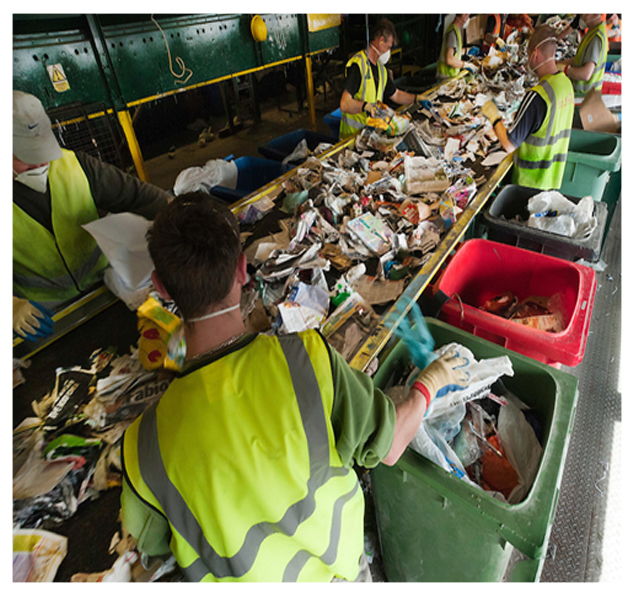PET Recycling
What is PET?
PET (Polyethylene Terephthalate) is a plastic resin and the most common type of polyester which was discovered in 1941 in England. Two monomers named as (modified Ethylene Glycol and purified Terephthalic acid) are combined to form the Polyethylene Terephthalate.
Why PET?
PET plastic is used to pack products by manufacturers because of its thermo-stability, strength, and transparency. Customers prefer PET because of its various attributes -lightweight, inexpensive, re-sealable, and 100% recyclable.PET can be recycled multiple times and into many forms such as bottles, fiber for carpets; t-shirts fabric or fiberfill for sleeping bags, fleece jackets; winter coats, sheet and thermoformed (clam shell) packaging; and industrial strapping; dog beds; and automotive parts such as and door panels, headliners, bumpers and more.
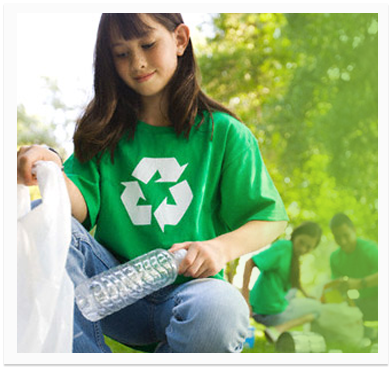
PET Safety facts:
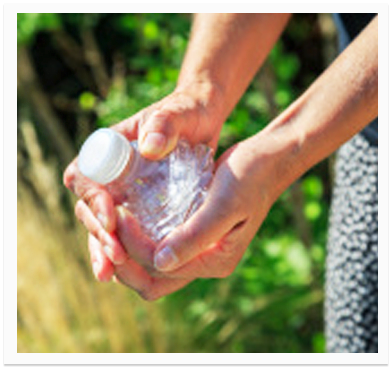
Is it safe to refill a PET bottle?
Yes, it is absolutely safe as PET bottle itself poses no danger at the time of refilling. PET does not leach harmful materials into its contents either a beverage is stored unopened, or bottles are frozen. The PET container has undergone thorough testing under FDA guidelines to ensure the safety.
Does PET contain Bis-phenol A (BPA)?
No. it does not, it is never used in the production of PET material, nor is it used as a chemical building block in the manufacture of any PET product. Bis-phenol A is used just to make polycarbonate from PET.
Why Recycle?
Recycling is a great way to protect our environment and stimulate our economy. Recycling prevents pollution, saves resources, supports public health, and provides employment to needy people. It avoids landfills, saves money and easy to process. Recycling is to turn waste into new useful products. Here are few amazing facts about recycling:
1. Recycling a single PET bottle can conserve enough energy to light a 60 watt bulb for up to 6 hours.
2. Recycling one ton of plastic bottle can save 1.5 tonne of CO2
3. Recycling one ton of PET saves 7.4 cubic yards of landfill space
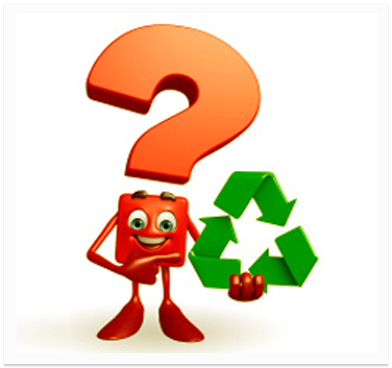
Recycling Tips:
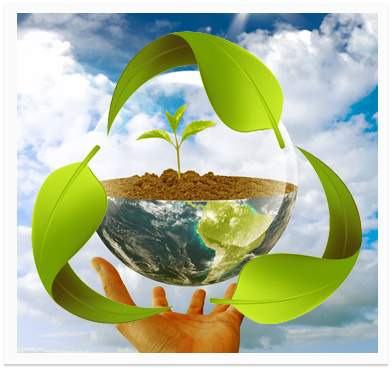
Under your kitchen sink, in your fridge, above your washing machine PET bottles can be easily found around us. Billions of PET bottles are being sold every year, being thrown away after use ends up in a landfill site posing threat to the environment.
So let’s have a glance at what can those PET bottles be made in to? Here’s everything you’ve need to know about recycling process
1. Check types and number of each bottle you throw and figure out the types of bottles which can be recycled. Find out the type of PET bottles accepted for recycling in your area. Many recycling program collect PET bottles made up of PET (#1), that is soft drink bottles, juice bottles, water bottles etc.
2. Keep the bottle caps on and make sure to not throw the cap in separately as it may become litter.
3. Try to make a habit of bringing empty bottle home to recycle it, if you don’t get any recycling options around you.
Collection Point:
SITARGANJ FIBERS LTD enjoys a competitive PET waste collecting capability through a robust pan- Indian network of collection centers mainly in Northern and Eastern parts of India. These collection centers are being run on franchisee model. SITARGANJ FIBERS LTD is in the process of increasing collection centers to address the problem of growing PET waste. Give us your PET bottles scrap for legitimate recycling.
